JuzaPhoto uses technical cookies and third-part cookies to provide the service and to make possible login, choice of background color and other settings (
click here for more info).
By continuing to browse the site you confirm that you have read your options regarding cookies and that you have read and accepted the
Terms of service and Privacy.
You can change in every moment your cookies preferences from the page
Cookie Preferences, that can be reached from every page of the website with the link that you find at the bottom of the page; you can also set your preferences directly here
Nikon D800: Image Quality on the field
After the
studio test and comparison with 5D3, I have decided to test the Nikon D800 in the field. Thanks again to my friends Max and Luca that loaned me the camera and posed for the photos :-) All the test photos had been taken with the Nikon 24-70, but I have also tried the 14-24; I have taken many photos from ISO 100 to the very maximum, ISO 25600. Let's see the results! You can download both the post processed photo (it gives a good idea of what you can get with good post processing techniques) and the original photo (it shows the real output of the sensor).
ISO 100: Landscape
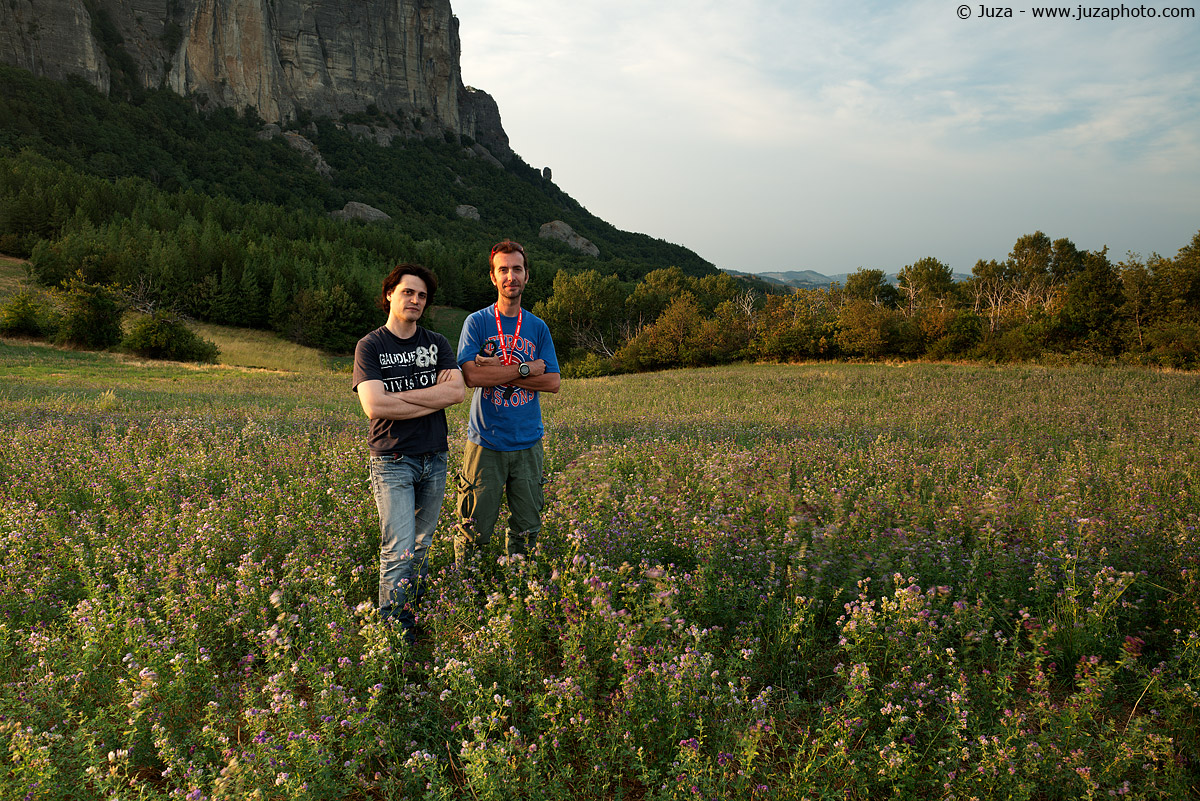
Download: Post Processed photo | Original photo
Keep in mind that it was a windy day, so some flowers are blurred by the wind. Anyway, after zooming in the center I was impressed by the great detail captured by the D800 - you can even read the time on the watch of my friend - but when I looked at the sides...what?! They are really soft, even though I have used a very expensive 24-70 pro lens and f/9 aperture, the sharpest aperture of this lens.
The D800 has the potential to deliver tons of detail, but if you want a perfectly sharp image from corner to corner, you need the very best prime lenses. Even super pro zooms as the 24-70 and the 14-24 are not super sharp in the corners (in particular, the 24-70 is really not enough for the sensor of the D800).
ISO 100: Landscape 2
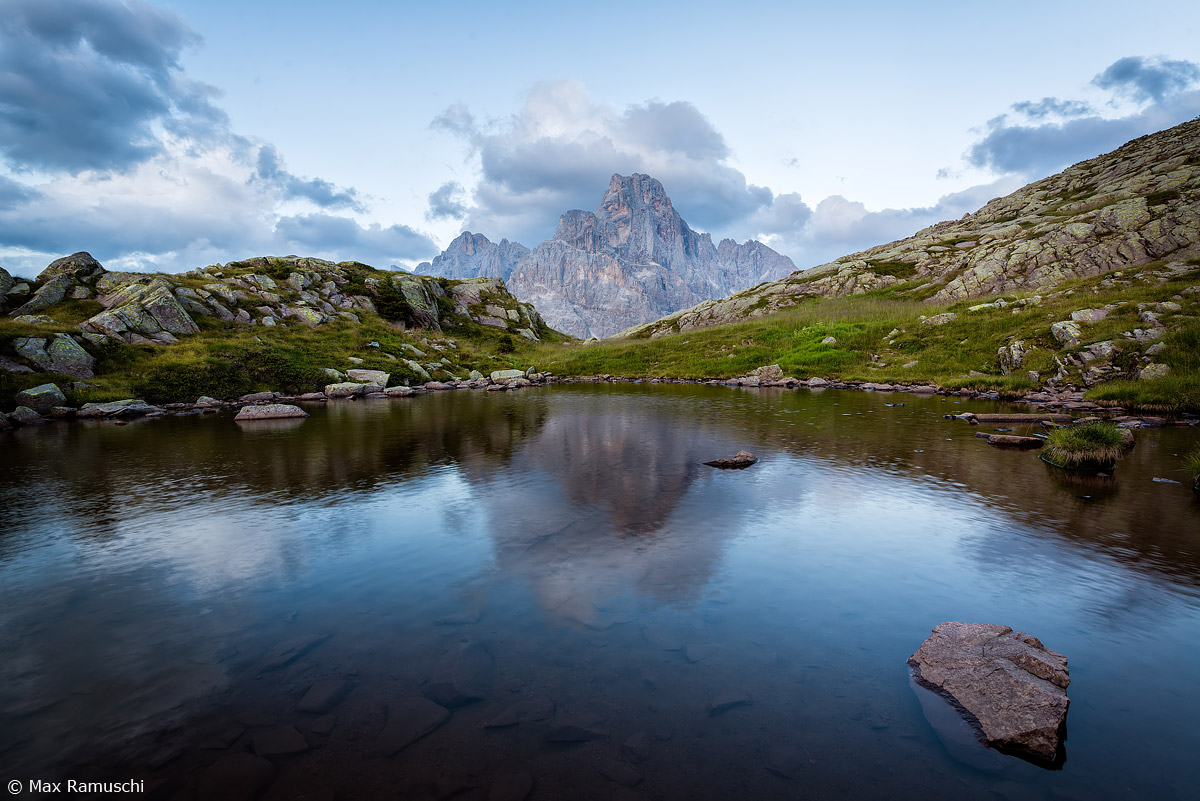
Download: Post Processed photo | Original photo
This time a smaller aperture (f/11) and the 14-24 have given a better sharpness on the entire photo; only the extreme sides shows a small loss of sharpness due to the limits of a wide-angle zoom.
ISO 400: Portrait
Download: Post Processed photo | Original photo
This time, the image quality is awesome. Low noise and outstanding detail: for portraits or other genres of photography where you don't need corner-to-corner sharpness (macro, wildlife, birds), you can gest impressive results with the majority of current pro and semi-pro lenses.
ISO 1600: Jump!
Download: Post Processed photo | Original photo
Even at ISO 1600, the D800 has quite low noise, an impressive result considering its huge pixel count. The detail is great - if you look at the guy on the right, that is perfectly into the plane of focus, you can see a lot of detail and very little noise. The image does not need much noise reduction so it maintain a very pleasing, natural look.
ISO 6400: The Canon 7D
Download: Post Processed photo | Original photo
ISO 6400 is the highest setting that I consider fully usable in every situation with the D800. Of course there is some noise, but considering that it is ISO 6400 I'd say that it is really, really good.
ISO 25600: Into the darkness
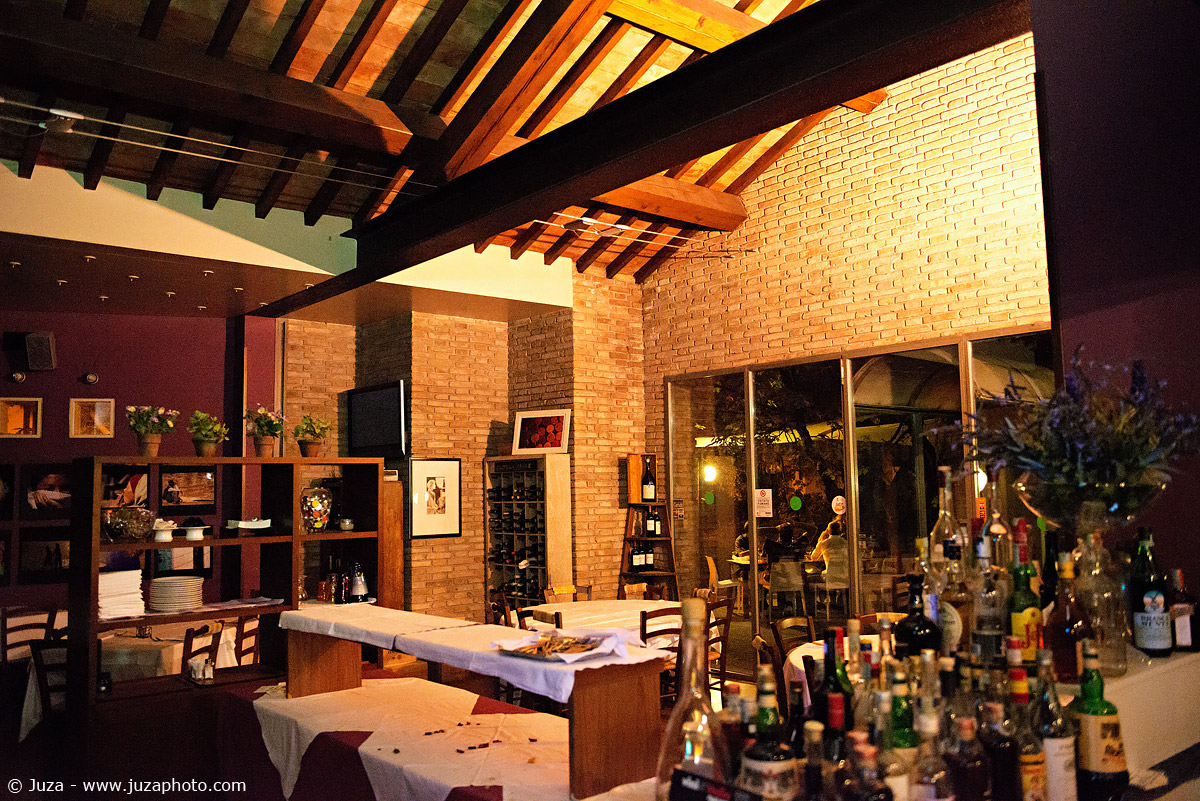
Download: Post Processed photo | Original photo
Depending by your personal standards, even ISO 12800 and 25600 may be considered usable, if you apply a good noise reduction. Look at the post processed version of this photo: considering the situation (it was really dark and I used ISO 25600), I consider it quite good.
Conclusion
If you take photos between ISO 100 and 6400, the Nikon D800 has the potential to give the best image quality of every reflex currently on the market... but you need first rate lenses. For portraits, wildlife or macro you won't see many problems: usually in these genres of photography the corners are out of focus areas, and the majority of professional lenses is sharp enough to give excellent results in the center of the frame, even with the Nikon D800.
Landscape photographers may be disappointed by the results, unless they use the best prime lenses. Honestly I expected better results from the 14-24 and 24-70 on this sensor, instead even these lenses don't give sharp corners on the D800. Another problem may be the AF accuracy, if you prefer to use AF instead of MF: many D800 have AF problems;
Nikon should fix them in the next months, but in the meantime if you rely on AF I recommend to keep your current camera and wait for the fix instead of upgrading to the D800.
Talking exclusively about image quality, in comparison with the D700 you only get improvements: in the worst case, if you downsize the D800 file to 12 megapixels you get sharper, less noisy photos than D700. But this is the worst case - generally, you should try to get the best from the D800 by using high quality lenses. My suggestion: if you are a Nikon user and you take macro, still life and portrait (and you don't use AF), the D800 is a good upgrade; if you take wildlife photos or landscape, try to loan it from a friend to see if it is the right camera for you and if it works well with your lenses.



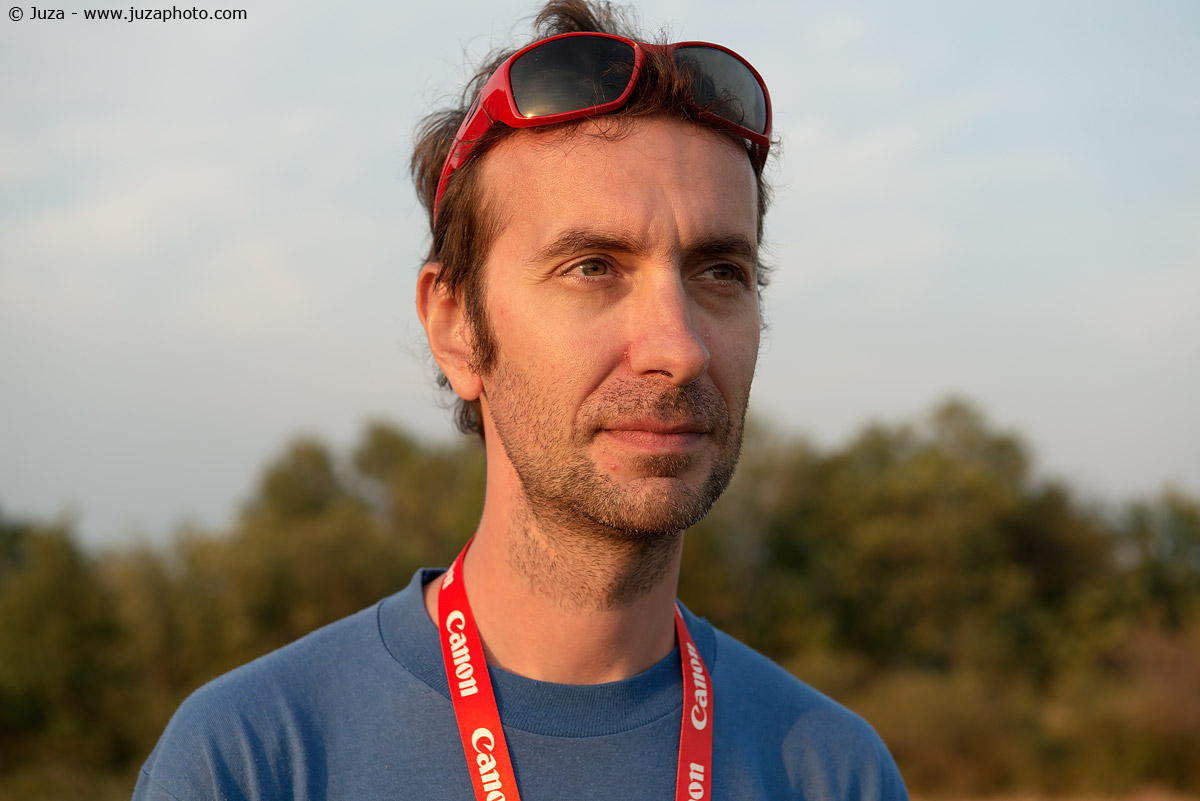
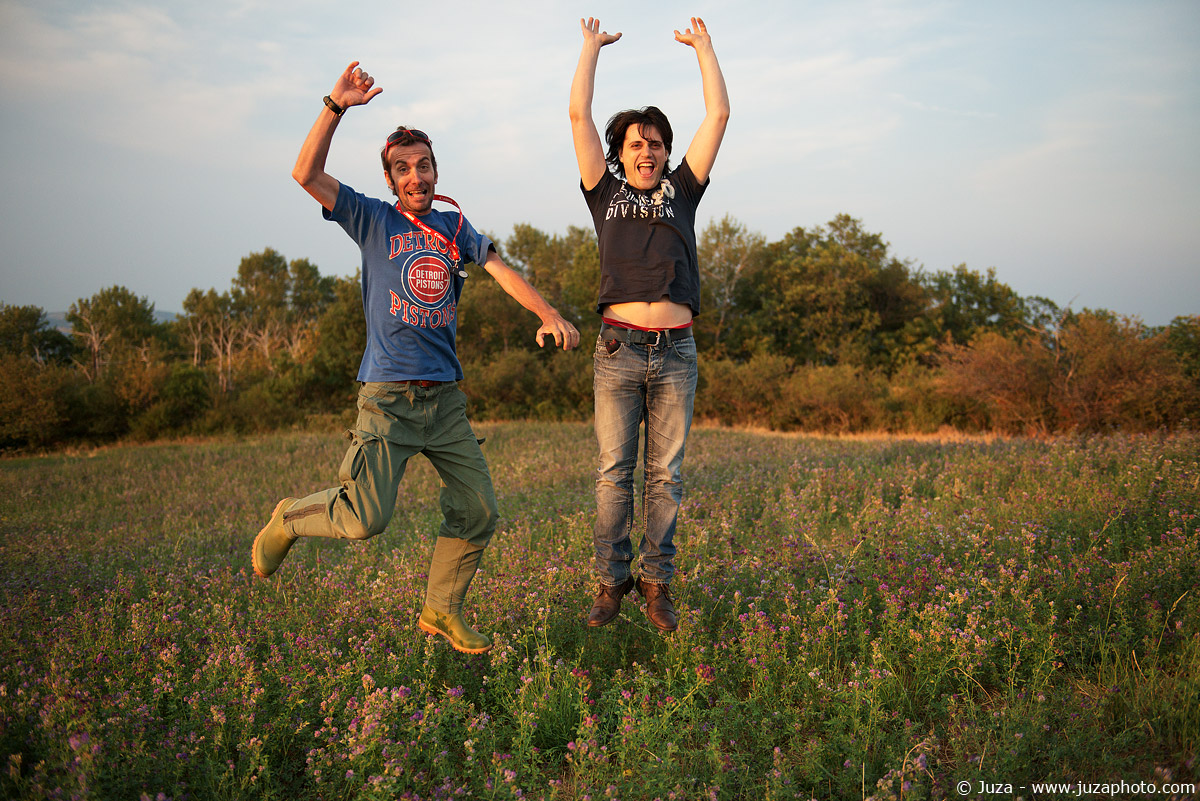
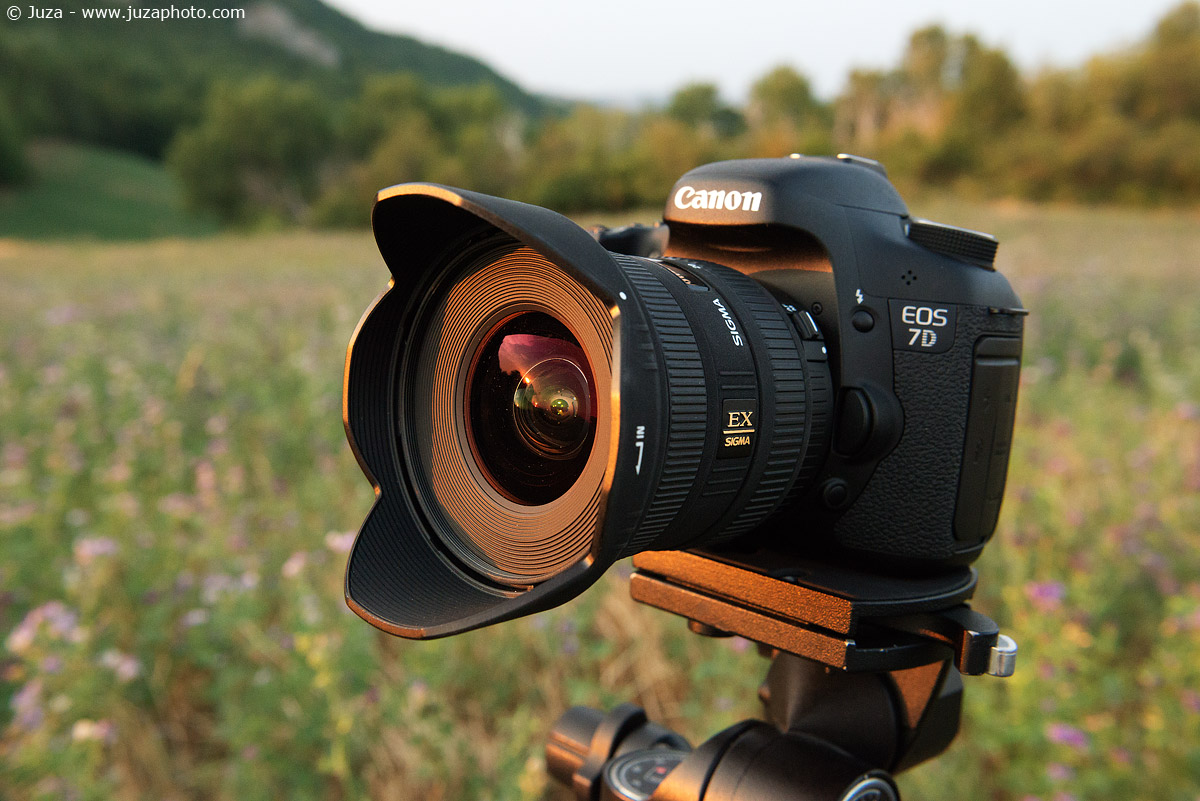

 JuzaPhoto contains affiliate links from Amazon and Ebay and JuzaPhoto earn a commission in case of purchase through affiliate links.
JuzaPhoto contains affiliate links from Amazon and Ebay and JuzaPhoto earn a commission in case of purchase through affiliate links.